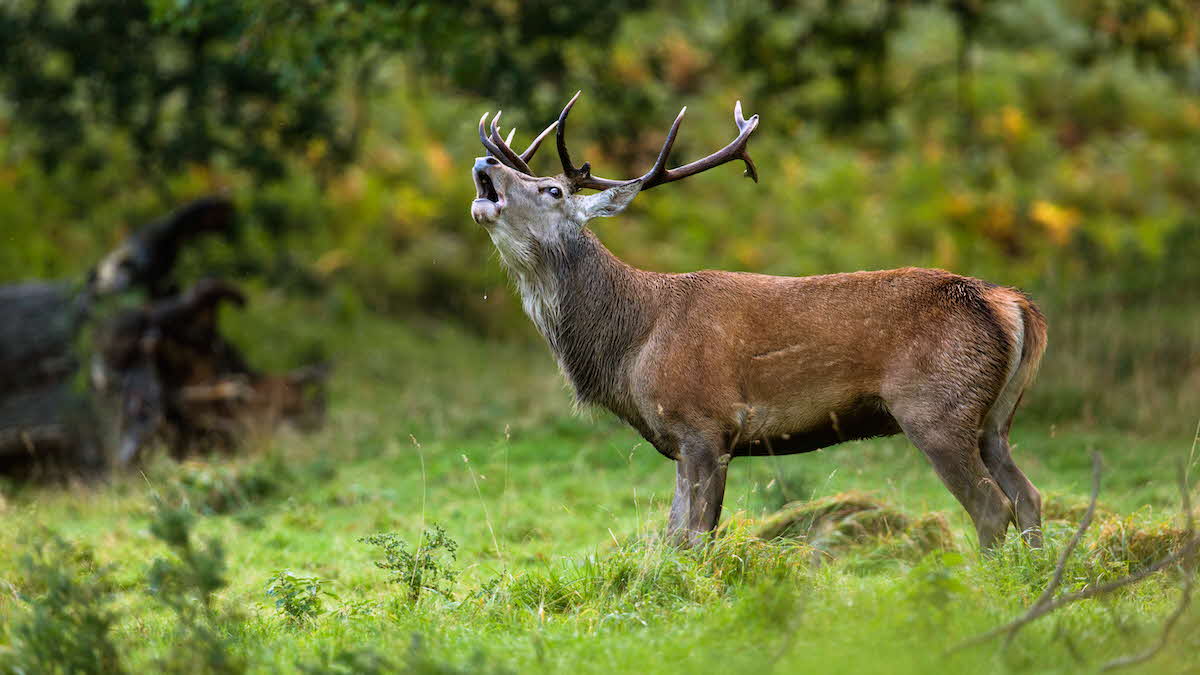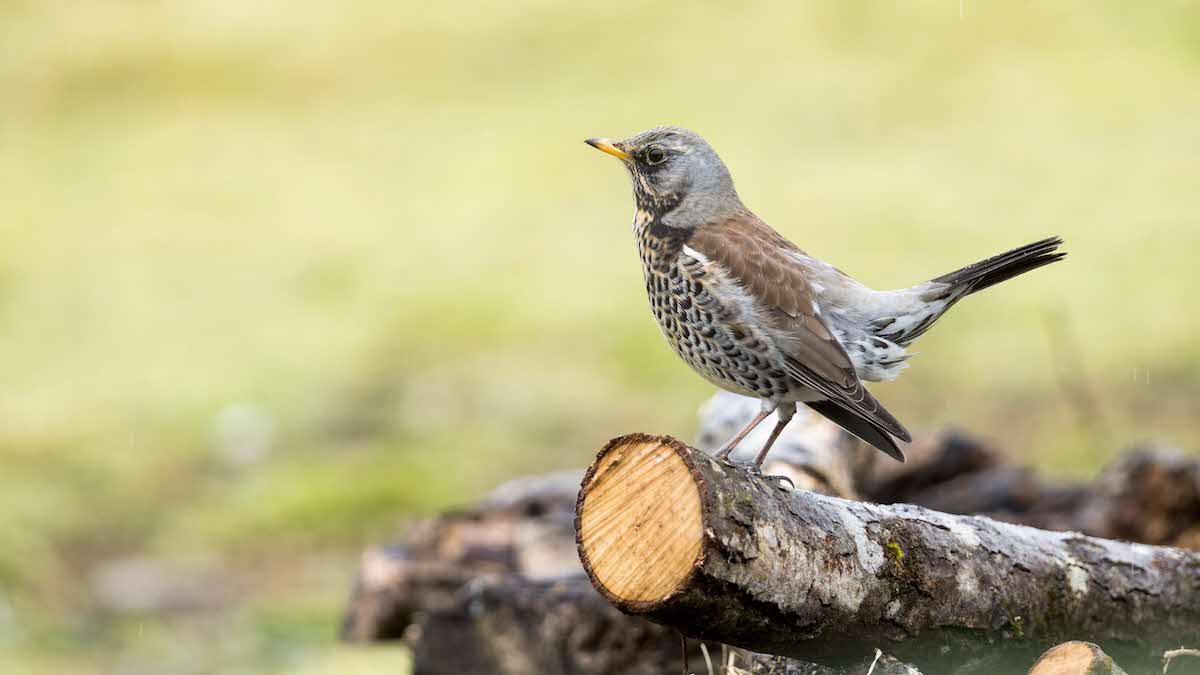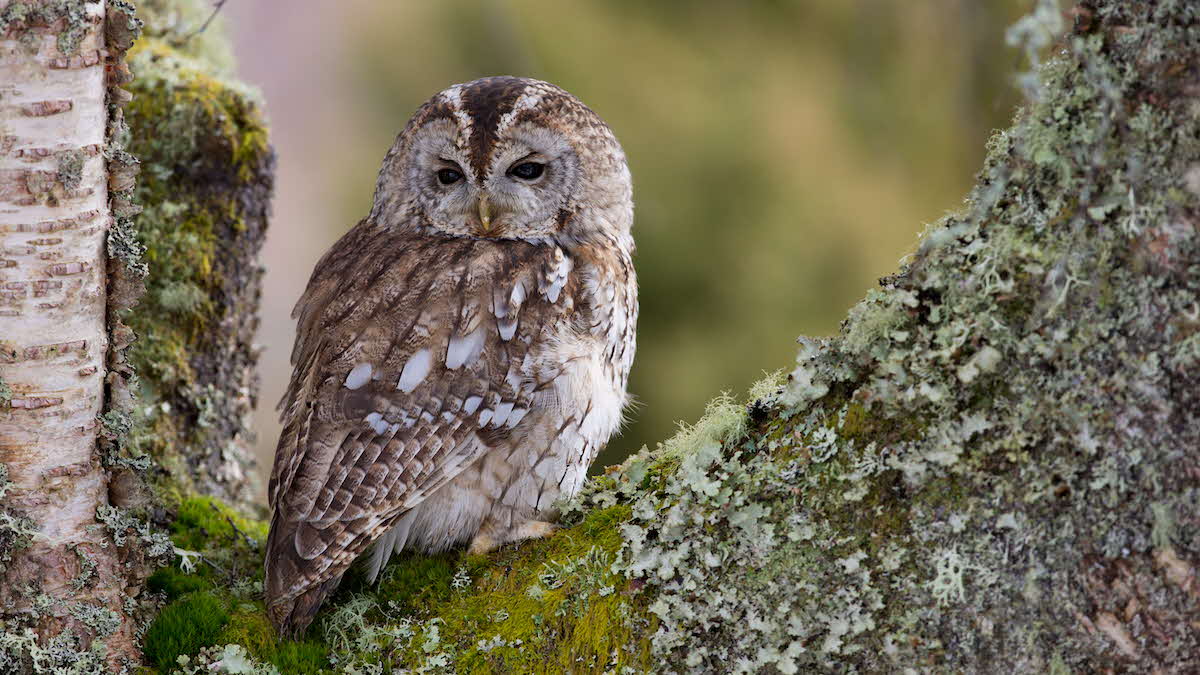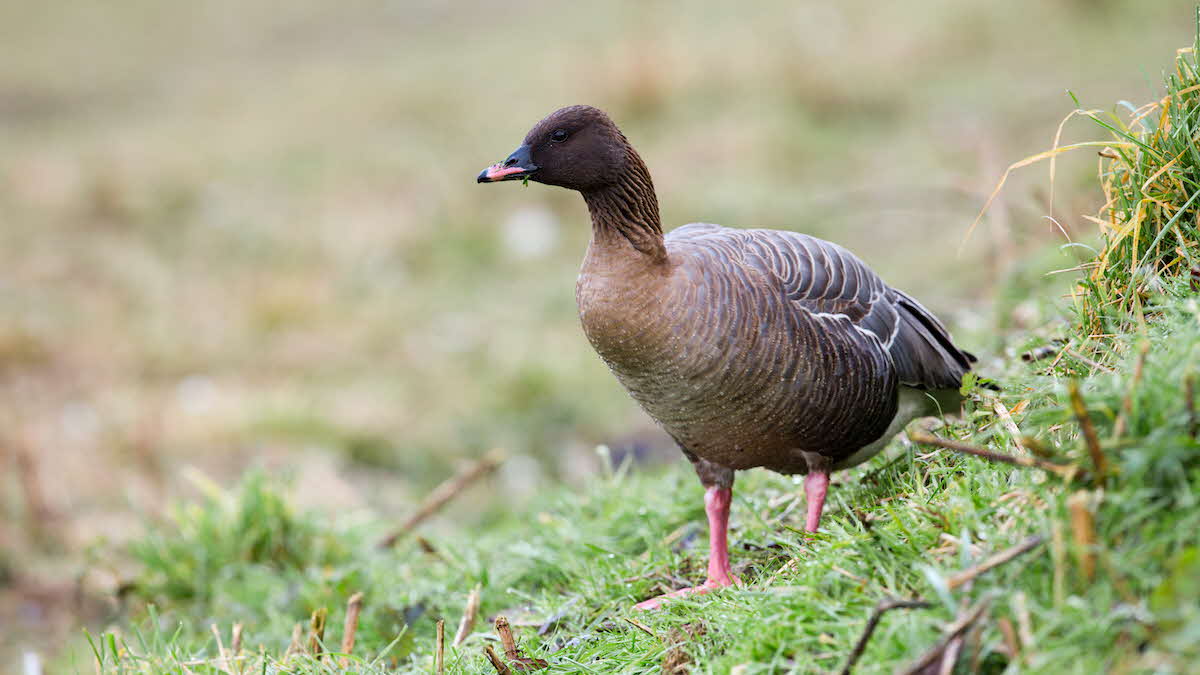Top nature campsites
You’ll be amazed at the variety of animals to spot on some of our Club campsites
View our top nature campsitesNature expert David Chapman urges you to stop and listen during your country walks – you just never know what you might discover…

My list of things to pack whenever we go away in the ’van has been subject to some notable changes over the years. My latest list began with ‘knee supports’ and ‘back support’, which were followed by ‘heat pads, spare spectacles, lightweight binoculars and walking poles’. I won’t go on, but you get the idea: age is starting to make its presence felt.
But despite a few moans and groans, I keep pretty fit, my eyesight is good – providing I can remember where I left my specs – and, critically, I have a keen sense of hearing.
When it comes to finding wildlife, particularly birds, listening is more important than looking. I estimate that about 70% of the birds I find on casual countryside walks are located first by hearing.
I know many people who find it difficult to hear birds. It’s as if they are tuned into the wrong station, and sadly sometimes this is because their range of hearing has diminished. But I know others who miss out because they never stop talking, and some who listen to music through earphones on their walks. Don’t they know what they’re missing? It isn’t only birdsong; the sound of wind blowing through the trees, the rustling of reeds or the bubbling of water in a stream are the very things that turn a countryside walk into an enriching experience.
Be sure to stop every so often: stop talking, stop walking, and just stand still and listen for at least a minute. If you hear something distant but struggle to make it out, try cupping your hands behind your ears. This focuses the sound like an ‘acoustic mirror’ and isolates it from other noises, helping you determine where it is coming from. Timing is also important: sounds travel more clearly on calm days, and early morning tends to be best for birdsong. Finally, try to place your feet quietly as you walk.
Listening to wildlife isn’t all about locating things to see – sound can be the headline act. Nightingale song is truly incredible, while the appearance of the bird itself is far less exciting. Nightjars are well camouflaged and quite drably coloured – but it is worth going out on night-time walks, getting bitten to pieces by mozzies, just to hear them. One of the most astonishing spectacles I ever witnessed was the return of Manx shearwaters – which I wouldn’t describe as attractive birds – to their nest sites on the island of Skomer in the dead of night, their ghostly calls filling the air.
Birds and other wild animals make sounds for a range of reasons. Mating is a key one. The black grouse, for example, makes a beautiful and bizarre bubbling noise in its desire to pair off, and both natterjack toads and marsh frogs have weirdly wonderful calls (rasping and cackling, respectively), which are loud enough to attract females through dense vegetation. Meanwhile, the distinctive ‘drumming’ sound of a snipe during its display flight is created by the vibration of its tail feathers as it swoops downwards, just as we can whistle by positioning a taut blade of grass between our thumbs and blowing across it.
Sometimes animals make sounds to warn others of danger, using various parts of their bodies. The beaver splashes its flattened tail loudly on water, rabbits thump their feet on the ground, and water voles make a distinctive ‘plopping’ sound when they enter the water in a rush.
Natural sounds have always captured the imagination – think of the many literary references to the singing of the skylark or song thrush. Indeed, we often name birds in reference to their songs, for example the stonechat and grasshopper warbler. To others we have given onomatopoeic names (words that sound like the birds’ calls) – such as the cuckoo, kittiwake, hoopoe, crow and chiffchaff.
For other species, the reference to a call lives on only in the dialect of the areas they inhabit. For example, the capercaillie is also known as ‘the horse of the woods’ because it makes a clip-clopping sound, and the lapwing is referred to as a ‘peewit’.
We also use mnemonics – memory tools – to identify birds from their calls. One of the most famous is related to the yellowhammer’s, which sounds like ‘a little bit of bread and no cheese’, while one of my favourites is the red grouse’s ‘go-back, go-back’.
I hope I’ll always be able to find time to stop, listen and enjoy being immersed in the always uplifting, and often astonishing, sounds of the natural world.
Here are a few creatures to listen for during October:
 In autumn red deer stags bellow to dominate a harem and proclaim their territory.
In autumn red deer stags bellow to dominate a harem and proclaim their territory.
 The fieldfare is a large thrush that arrives in flocks in Britain during October; they are rarely silent and have a distinctive, rather lovely, chuckling chatter.
The fieldfare is a large thrush that arrives in flocks in Britain during October; they are rarely silent and have a distinctive, rather lovely, chuckling chatter.
 In autumn and winter adult tawny owls are at their loudest as they tell their youngsters to sling their hooks; listen out for the female’s ‘too-whit’ and the male’s ‘too-whoo’.
In autumn and winter adult tawny owls are at their loudest as they tell their youngsters to sling their hooks; listen out for the female’s ‘too-whit’ and the male’s ‘too-whoo’.
 In October we see the mass arrival of several species of geese (including the pink-footed goose); their honking flight calls are strongly evocative of winter.
In October we see the mass arrival of several species of geese (including the pink-footed goose); their honking flight calls are strongly evocative of winter.
Have a listen to all of these wildlife sounds from around the UK (below).